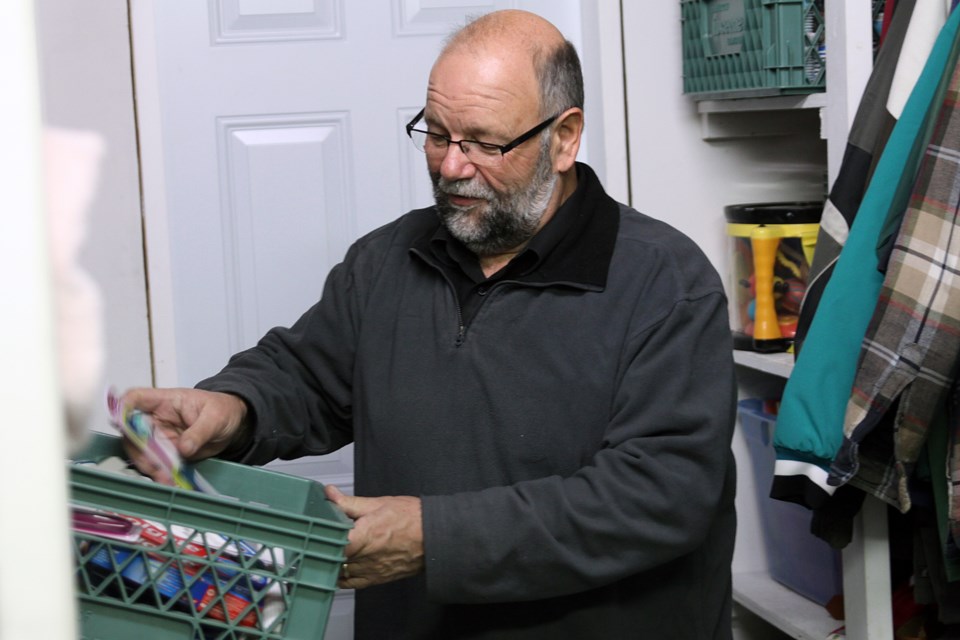THUNDER BAY – For the past 10 years Gary and Melody Macsemchuk have operated Grace Place, a street outreach ministry where they provide food, clothes and assistance to those in need. But they’ve known there are needs that extend beyond their daytime hours.
In October, Grace Place began a six-month Out of the Cold pilot project, a 10-bed overnight shelter for people who would otherwise be left to fend for themselves on frigid winter nights.
“Being open during the day, we see the need,” Gary Macsemchuk said on Thursday.
“We’ve built relationships with the people that can access the shelter. We knew there was always a need of 10 to 15 individuals in the city that needed a place to stay and risked dying on the streets when it’s – 30C outside.”
The program, the culmination of three years of planning, is being funded through a combination of federal and provincial dollars - $74,000 from the Ontario Trillium Foundation and $58,000 through Ottawa’s homelessness partnering strategy.
Bonnie Krysowaty, a social researcher for the Lakehead Social Planning Council, said the new program works collaboratively with existing emergency shelters. In many cases, individuals are brought to Grace Place by Shelter House’s SOS program.
“Shelter House and Salvation Army work very closely together to ensure people are housed and that nobody is turned away and nobody is left out in the cold,” Krysowaty said. “That collective impact has enabled Salvation Army and Shelter House to not worry that somebody may die out in the street at night.”
Whether it’s being banned from the other facilities, legal barriers such as restraining orders, or simply lack of space, Macsemchuk said there are multiple reasons that could keep people out of the shelters.
A point-in-time count of the city’s homeless population conducted in 2015 found there were at least 289 people forced to turn to the streets.
With beds almost always filled and overflow space used at both Shelter House and Salvation Army, a similar trend has already developed at Grace Place.
“We’re at capacity every night. We could use more beds than 10, for sure,” Macsemchuk said. “The need has always been there and the people, before the shelter, would sleep in parkades and stairwells.”
Those who need shelter are accepted nightly and go through an in-take process before being provided with a hot supper. When they wake up in the mornings, they are offered breakfast and a bagged lunch.
Those amenities are an example of Grace Place providing more than just a place to stay, Krysowaty said.
“The networking that Gary and Melody have been able to do with those organizations have enabled people to be able to find out this place exists, get to it through SOS services perhaps and even possibly get connected to services that will help them get (identification), to gain benefits, possibly life skills programming and even solutions to housing and supports that will ensure successful housing for those clients,” Krysowaty said.
The money will allow Grace Place to operate the shelter throughout the winter, with a current expected end date of March 31, 2018.
“We imagine this program will remain full until March 31 when funding has ended,” Krysowaty said. “Unfortunately, there is no more funding for the 2018-2019 season so we’ll really have to work at that. There are some grant applications going in but yes, secure funding for this kind of program would definitely be beneficial for Thunder Bay.”
